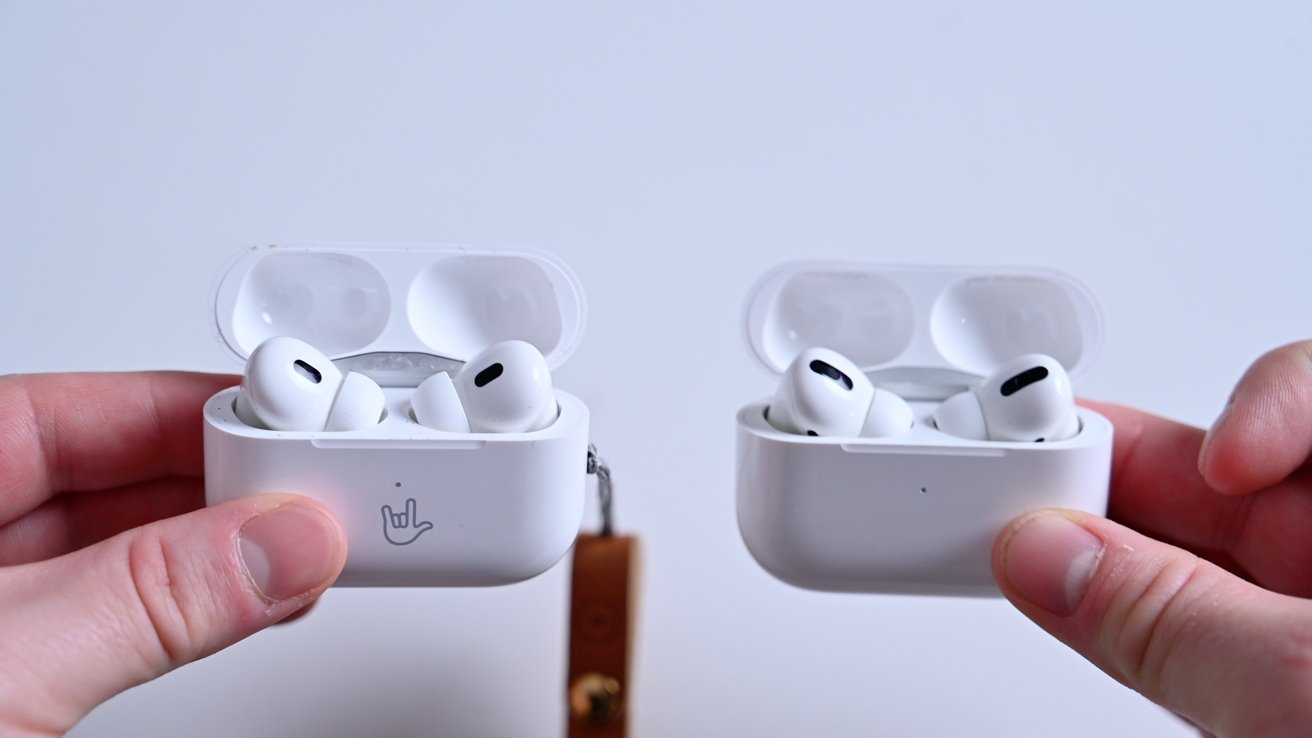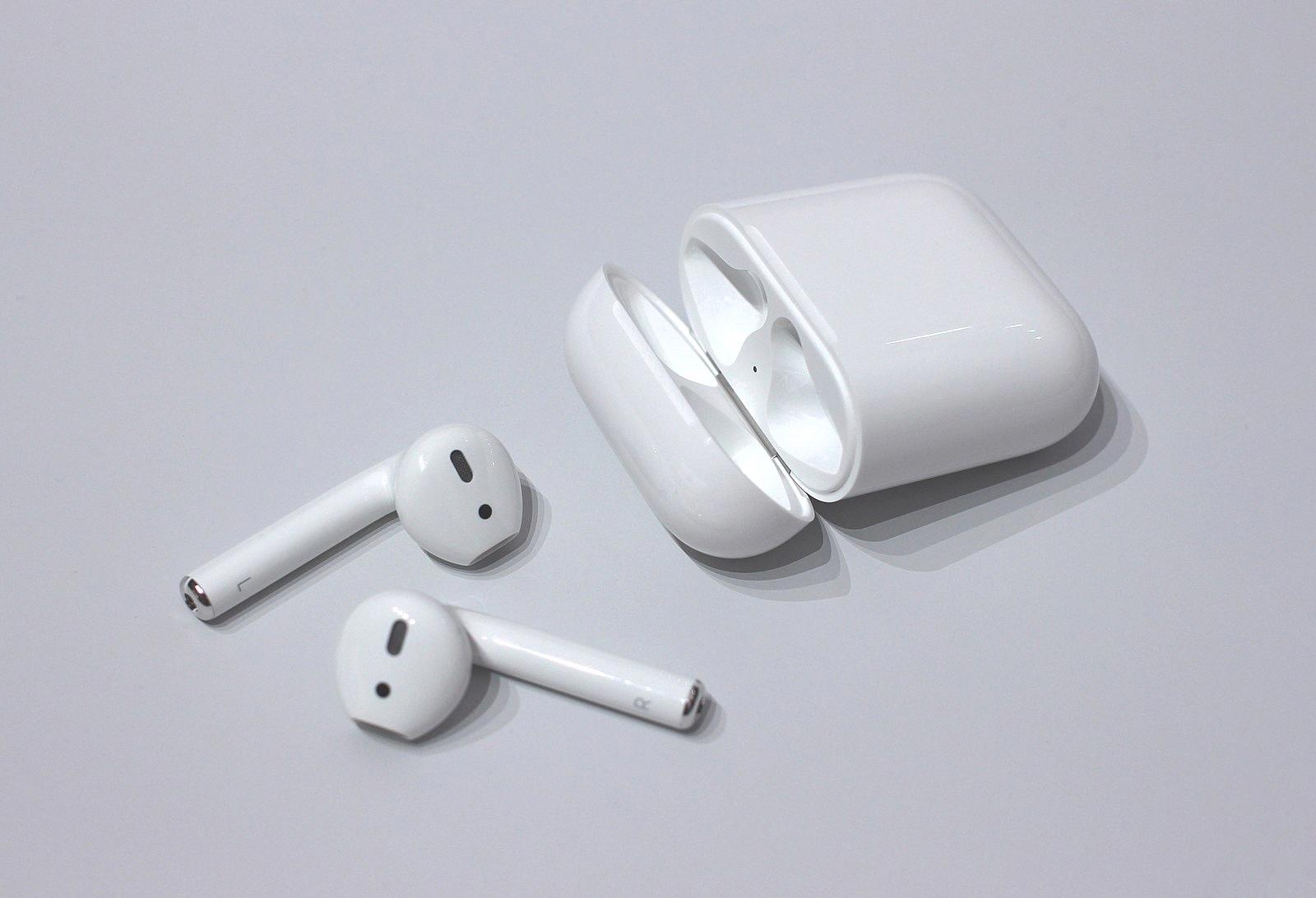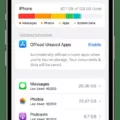Apple’s AirPods are a popular addition to the world of wireless earbuds. The first-generation AirPods were released in 2016, and since then, Apple has released second-generation AirPods with a few key differences. In this article, we will discuss the differences between the two generations of AirPods.
One of the most notable differences between the first and second-generation AirPods is the chip that powers them. The first-generation AirPods use the W1 chip, while the second-generation AirPods use the H1 chip. The H1 chip has several advantages over the W1 chip, including faster connection times, improved battery life, and better voice recognition for using Siri.
Another difference between the two generations of AirPods is the wireless charging case. The first-generation AirPods come with a standard charging case that requires a lightning cable to charge. The second-generation AirPods come with a wireless charging case that can be charged using a Qi-compatible wireless charging pad. If you already have the first-generation AirPods, you can purchase the wireless charging case separately and use it with your existing AirPods.
In terms of design, the second-generation AirPods look identical to the first-generation AirPods. However, the second-generation AirPods have improved water and sweat resistance, making them a better option for working out or using in wet conditions.
The second-generation AirPods also have improved battery life. The first-generation AirPods offer up to five hours of listening time and two hours of talk time on a single charge. The second-generation AirPods offer up to five hours of listening time and three hours of talk time on a single charge. With the wireless charging case, the second-generation AirPods can offer up to 24 hours of listening time and 18 hours of talk time.
The second-generation AirPods offer several improvements over the first-generation AirPods, including a more powerful chip, wireless charging, improved water and sweat resistance, and better battery life. If you’re in the market for a pair of wireless earbuds, the second-generation AirPods are a great option. However, if you already have the first-generation AirPods and don’t need the new features, you can continue to use them without feeling like you’re missing out on too much.

Identifying the Difference Between AirPods 1 and 2
To distinguish between AirPods 1 and 2, you can look for the following differences:
1. LED Indicator: AirPods 2 come with a LED indicator on the front of the charging case, while AirPods 1 have an LED indicator inside the charging case.
2. Wireless Charging: AirPods 2 are available with a wireless charging case option, while AirPods 1 only come with a standard charging case.
3. Model Number: The model number of AirPods 2 is either A2031 or A2032, while AirPods 1 has a model number of A1523 or A1722.
4. Siri Feature: AirPods 2 have the “Hey Siri” feature, which allows you to activate Siri without touching the AirPods, while AirPods 1 does not have this feature.
5. Battery Life: AirPods 2 offer longer battery life than AirPods 1, with up to 5 hours of listening time and 3 hours of talk time, compared to up to 2 hours of talk time and 5 hours of listening time for AirPods 1.
By checking the differences, you can easily tell whether you have AirPods 1 or 2.

Comparing 1st and 2nd Generation AirPods
The 2nd generation AirPods Pro offers some improvements over the first generation. The upgraded H2 chip in the 2nd generation earbuds results in better active noise canceling (ANC) and battery life. Also, the case of the 2nd generation AirPods Pro has a U1 chip and an integrated speaker that enables precise locate it from the Find My app.
In terms of design, both generations of AirPods Pro look identical, but the 2nd generation model comes with a shorter stem and a slightly different ear tip design that offers a better fit. The 2nd generation AirPods Pro also supports spatial audio, which provides a more immersive audio experience for movies and TV shows that support the feature.
The 2nd generation AirPods Pro seems to be a better choice for those who are looking for improved ANC, battery life, and better fit. However, if you already own the 1st generation AirPods Pro and do not feel the need for these enhancements, then there may not be a significant reason to upgrade to the 2nd generation model.
Conclusion
Apple’s AirPods have become a popular choice for wireless earbuds due to their sleek design, easy connectivity, and impressive features. The AirPods Pro (2nd generation) has taken things a step further with enhanced active noise canceling and battery life. Additionally, the U1 chip and integrated speaker in the case allow for precise location tracking through the Find My app. Whether you’re an avid music listener or someone who needs to take calls on the go, the AirPods offer a seamless and convenient experience. With continuous improvements and updates, it’s safe to say that the AirPods will continue to be a top choice for wireless earbuds in the future.








